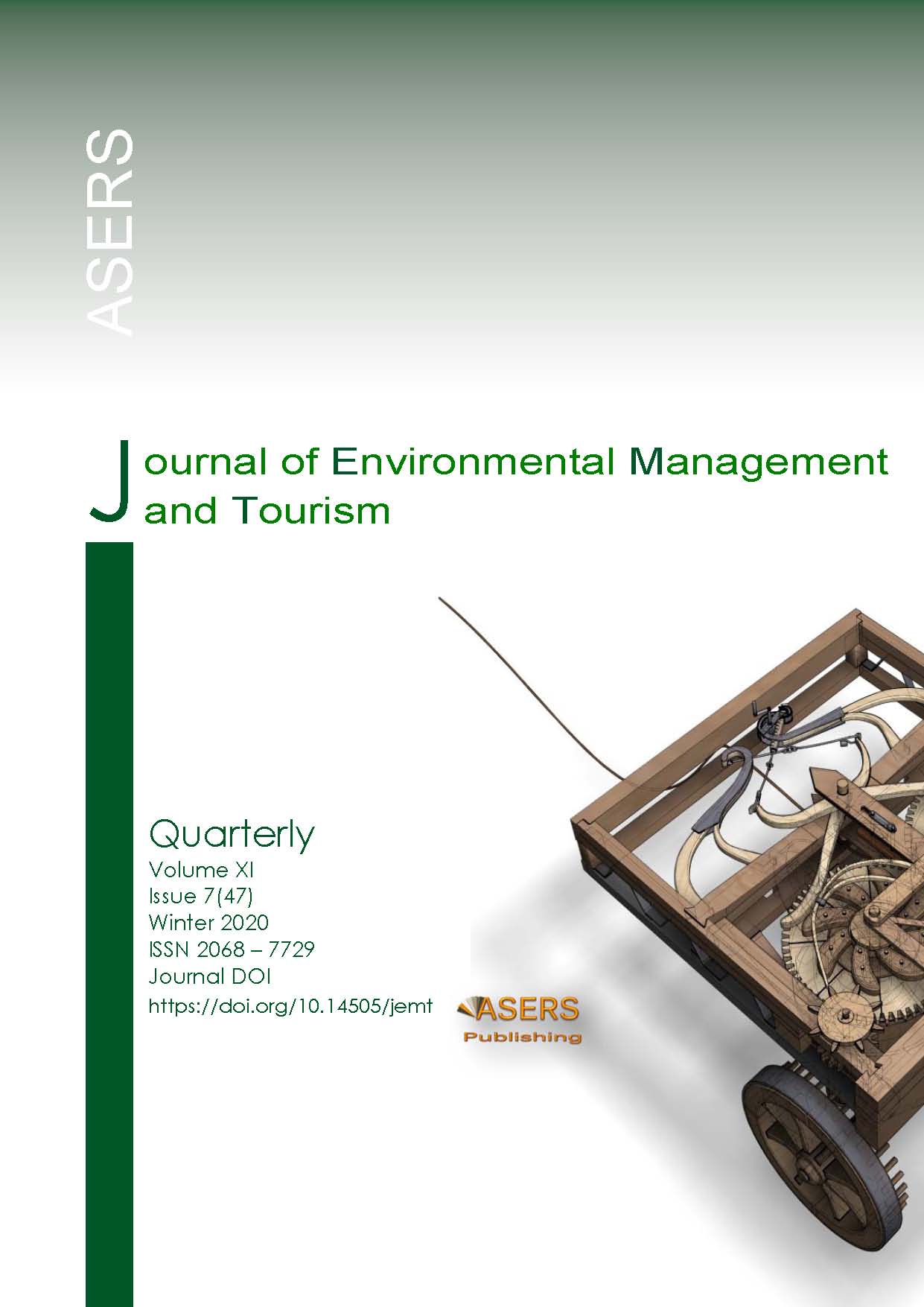Comparative Evaluation of the Efficiency of Regulatory Mechanisms of the Oil and Gas Industry and Industrial Waste Processing
Abstract
Many forecasts agree that the volume of the world oil production will soon peak and then begin to decline. Other studies conclude that stocks oils are not running out, they are becoming less available. The future is uncertain, it is impossible to plan it precisely. Nevertheless, this industry is one of the most profitable in the Republic of Kazakhstan, where oil production is constantly increasing, all regulatory mechanisms are in place, and although their effectiveness is not assessed high, however, a mechanism for interaction with all sectors of the economy has been established. Major problems were found in the regulatory and environmental management of the oil industry; however, it can be noted that in the processing industry of manufactured enterprises there is no interaction with many sectors of the economy. The authors proposed to compare the effectiveness of regulatory mechanisms in the oil and gas industry and in the industry of processing of industrial waste. Subsequently, it was revealed that the mechanisms for regulating the industrial waste processing industry were practically not developed, and the problems arising in this industry ignored by government agencies. In this way, avoiding the problems of the industrial waste processing industry brings Kazakhstan to environmental disaster.
References
[2] Amerzhanova, D. et al. 2019. Statistical methods in investment insurance. Entrepreneurship and Sustainability Issues, 7(2): 1582-1598.
[3] Grön V.A., et al. 2013. The problem of education, processing and disposal oil sludge. Uspekhi sovremennogo yestestvoznaniya (Successes of modern natural science). 9: 159–162. (in Russian)
[4] Imangozhina, Z.A. and Niyazbekova, Sh.U. 2019. International economic cooperation of Persian Gulf countries in the gas sector. Bulletin of Moscow University. S.Yu. Witte. Series 1: Economics and Management, 1 (28): 15-20.
[5] Nurpeisova, A., et al. An Impact of R&D expenditures on the country's innovative potential: a case study. Entrepreneurship and Sustainability Issues, 8(2): 682-697.
[6] Nyussupova, G., Kalimurzina, A. and Kelinbayeva, R. 2017. Social and geographical research in the Republic of Kazakhstan with the use of gis technologies. European Journal of Geography, 8 (3): 109-125.
[7] Pîrvu, R., Florea, N.M., Badircea, R. and Manta, A.G. 2017. Conference: International Conference “Information. Society and Sustainable Development”. Romania.
[8] Satenova D.E. et al. 2020. The economy of the oil and gas industry as a factor of the industry transformation// News of the National academy of sciences of the republic of Kazakhstan. Social and Human Sciences. Series August 15, 4 (332): 160-163.
[9] Zhansagimova, A.Ye. 2020. Sustainable Rural Development through Tourism. Journal of Environmental Management and Tourism, 6(46): 1550 – 1559. DOI: https://doi.org/10.14505/jemt.v11.6(46).25
[10] http://www.investkz.com/journals/25/415.html
[11] https://kapital.kz/economic/38069/reyting-regionov-rk-po-dobyche-nefti.html
Copyright© 2025 The Author(s). Published by ASERS Publishing 2025. This is an open access article distributed under the terms of CC-BY 4.0 license.
